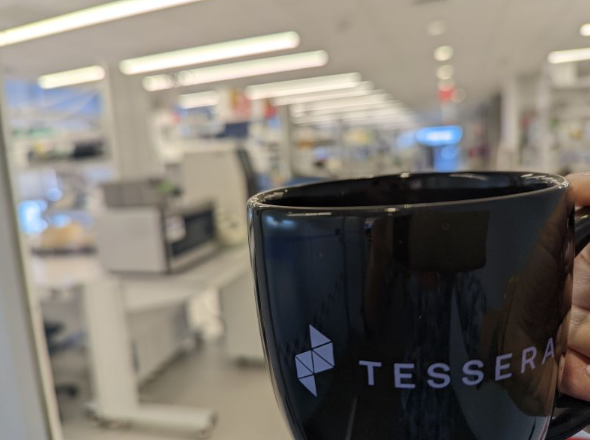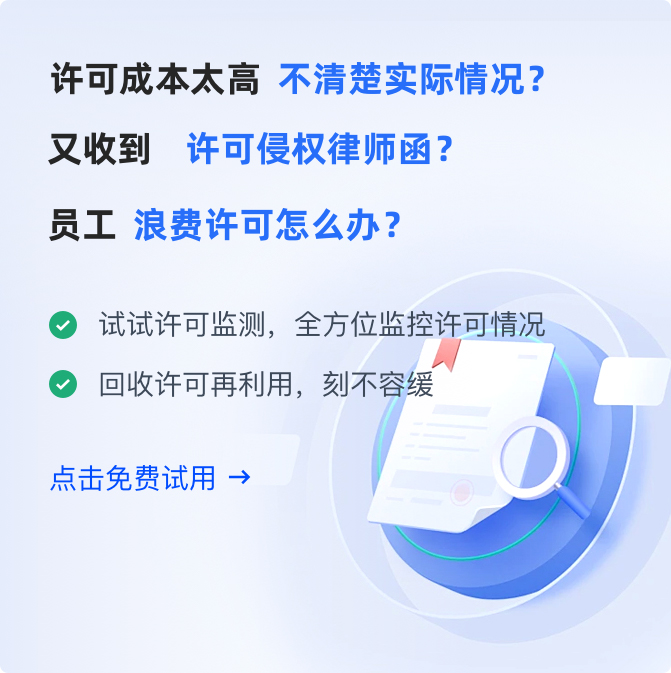tesseract ocr引擎
软件: tessera
Tesseract OCR Engine: Comprehensive Overview
Tesseract is a free and open-source Optical Character Recognition (OCR) engine maintained by Google. Originating from HP Labs in the 1980s, it was open-sourced in 2005 and has since become one of the most widely used OCR tools, renowned for its accuracy, cross-platform support, and extensibility.
Core Advantages
Cross-Platform Compatibility: Runs on Windows, Linux, and macOS without modification, making it suitable for diverse development environments.
Multilingual Support: Supports over 100 languages (including Chinese, Arabic, and Cyrillic) via downloadable language packs (e.g., chi_sim for simplified Chinese).
High Accuracy: The latest versions (5.0+) use Long Short-Term Memory (LSTM) neural networks, which significantly improve recognition accuracy for printed text, cursive handwriting, and low-quality images compared to traditional feature-based models.
Extensibility: Offers APIs for Python (pytesseract), Java (Tess4J), C++, and R, allowing seamless integration into custom applications.
Active Community: Backed by a large developer community, ensuring regular updates, extensive documentation, and third-party tools (e.g., jTessBoxEditor for training).
Technical Architecture
Tesseract’s workflow consists of four key stages:
Preprocessing: Enhances image quality using grayscale conversion, binarization (Otsu’s method), noise reduction (median filtering), and skew correction (Hough transform).
Layout Analysis: Identifies text regions, columns, tables, and paragraphs to preserve document structure.
Character Recognition: Uses LSTM networks to classify characters based on learned features (e.g., edges, curves).
Postprocessing: Corrects errors using dictionary matching, context analysis (e.g., grammar rules), and confidence scoring.
Installation & Configuration
Windows
Download the precompiled installer from the official GitHub releases (UB Mannheim recommended) or use Chocolatey (choco install tesseract).
During installation, check "Add to PATH" to enable command-line access.
Install language packs (e.g., chi_sim.traineddata) in the tessdata folder (typically C:\Program Files\Tesseract-OCR\tessdata).
Linux (Ubuntu)

Install via apt: sudo apt update && sudo apt install tesseract-ocr tesseract-ocr-chi-sim.
Verify installation with tesseract --version (checks version) and tesseract --list-langs (lists installed languages).
macOS
Use Homebrew: brew install tesseract && brew install tesseract-lang.
Language packs are installed automatically; verify with tesseract --list-langs.
Python Integration
Install pytesseract and Pillow: pip install pytesseract pillow.
Configure the Tesseract path (Windows only):import pytesseract
pytesseract.pytesseract.tesseract_cmd = r'C:\Program Files\Tesseract-OCR\tesseract.exe'
```.
Basic Usage
Command Line
Recognize text from image.png and save to output.txt:tesseract image.png output -l chi_sim+eng
-l: Specifies languages (e.g., chi_sim for simplified Chinese, eng for English; + combines multiple languages).
Output in HOCR format (with text position/confidence):tesseract image.png output hocr
```.
Python
Read text from test.png:from PIL import Image
import pytesseract
text = pytesseract.image_to_string(Image.open('test.png'), lang='chi_sim+eng')
print(text)
Get structured data (bounding boxes, confidence scores):data = pytesseract.image_to_data(Image.open('test.png'), output_type=pytesseract.Output.DICT)
for i in range(len(data['text'])):
if int(data['conf'][i]) > 60: Filter low-confidence results
print(f"Text: {data['text'][i]}, Position: ({data['left'][i]}, {data['top'][i]})")
```.
Custom Training
For specialized scenarios (e.g., handwritten text, rare fonts), Tesseract allows training on custom datasets:
Data Collection: Gather 100+ samples of target text (e.g., receipts, invoices) and annotate them with bounding boxes using tools like jTessBoxEditor.
Data Conversion: Convert annotated .tif files to Tesseract’s training format:tesseract input.tif input nobatch box.train
Training: Generate character set (unicharset), font properties, and LSTM models:unicharset_extractor input.box
echo "font 0 0 0 0 0" > font_properties
mftraining -F font_properties -U unicharset -O input.unicharset input.tr
cntraining input.tr
combine_tessdata input.
Deployment: Place the trained .traineddata file in the tessdata folder and specify it with -l in commands.
Common Issues & Solutions
Installation Failures: On Linux, install missing dependencies (e.g., libtiff5, libjpeg62-turbo-dev) via apt. On Windows, run installers as admin and disable antivirus temporarily.
Language Pack Errors: Ensure language files (.traineddata) are in the correct tessdata directory; use TESSDATA_PREFIX to specify a custom path.
Low Accuracy: Preprocess images (grayscale, binarize, denoise) and adjust PSM (Page Segmentation Mode) for layout (e.g., --psm 6 for single-line text).
Tesseract’s combination of flexibility, accuracy, and community support makes it a top choice for OCR tasks—from simple document scanning to complex custom workflows.
Tesseract is a free and open-source Optical Character Recognition (OCR) engine maintained by Google. Originating from HP Labs in the 1980s, it was open-sourced in 2005 and has since become one of the most widely used OCR tools, renowned for its accuracy, cross-platform support, and extensibility.
Core Advantages
Cross-Platform Compatibility: Runs on Windows, Linux, and macOS without modification, making it suitable for diverse development environments.
Multilingual Support: Supports over 100 languages (including Chinese, Arabic, and Cyrillic) via downloadable language packs (e.g., chi_sim for simplified Chinese).
High Accuracy: The latest versions (5.0+) use Long Short-Term Memory (LSTM) neural networks, which significantly improve recognition accuracy for printed text, cursive handwriting, and low-quality images compared to traditional feature-based models.
Extensibility: Offers APIs for Python (pytesseract), Java (Tess4J), C++, and R, allowing seamless integration into custom applications.
Active Community: Backed by a large developer community, ensuring regular updates, extensive documentation, and third-party tools (e.g., jTessBoxEditor for training).
Technical Architecture
Tesseract’s workflow consists of four key stages:
Preprocessing: Enhances image quality using grayscale conversion, binarization (Otsu’s method), noise reduction (median filtering), and skew correction (Hough transform).
Layout Analysis: Identifies text regions, columns, tables, and paragraphs to preserve document structure.
Character Recognition: Uses LSTM networks to classify characters based on learned features (e.g., edges, curves).
Postprocessing: Corrects errors using dictionary matching, context analysis (e.g., grammar rules), and confidence scoring.
Installation & Configuration
Windows
Download the precompiled installer from the official GitHub releases (UB Mannheim recommended) or use Chocolatey (choco install tesseract).
During installation, check "Add to PATH" to enable command-line access.
Install language packs (e.g., chi_sim.traineddata) in the tessdata folder (typically C:\Program Files\Tesseract-OCR\tessdata).
Linux (Ubuntu)

Install via apt: sudo apt update && sudo apt install tesseract-ocr tesseract-ocr-chi-sim.
Verify installation with tesseract --version (checks version) and tesseract --list-langs (lists installed languages).
macOS
Use Homebrew: brew install tesseract && brew install tesseract-lang.
Language packs are installed automatically; verify with tesseract --list-langs.
Python Integration
Install pytesseract and Pillow: pip install pytesseract pillow.
Configure the Tesseract path (Windows only):import pytesseract
pytesseract.pytesseract.tesseract_cmd = r'C:\Program Files\Tesseract-OCR\tesseract.exe'
```.
Basic Usage
Command Line
Recognize text from image.png and save to output.txt:tesseract image.png output -l chi_sim+eng
-l: Specifies languages (e.g., chi_sim for simplified Chinese, eng for English; + combines multiple languages).
Output in HOCR format (with text position/confidence):tesseract image.png output hocr
```.
Python
Read text from test.png:from PIL import Image
import pytesseract
text = pytesseract.image_to_string(Image.open('test.png'), lang='chi_sim+eng')
print(text)
Get structured data (bounding boxes, confidence scores):data = pytesseract.image_to_data(Image.open('test.png'), output_type=pytesseract.Output.DICT)
for i in range(len(data['text'])):
if int(data['conf'][i]) > 60: Filter low-confidence results
print(f"Text: {data['text'][i]}, Position: ({data['left'][i]}, {data['top'][i]})")
```.
Custom Training
For specialized scenarios (e.g., handwritten text, rare fonts), Tesseract allows training on custom datasets:
Data Collection: Gather 100+ samples of target text (e.g., receipts, invoices) and annotate them with bounding boxes using tools like jTessBoxEditor.
Data Conversion: Convert annotated .tif files to Tesseract’s training format:tesseract input.tif input nobatch box.train
Training: Generate character set (unicharset), font properties, and LSTM models:unicharset_extractor input.box
echo "font 0 0 0 0 0" > font_properties
mftraining -F font_properties -U unicharset -O input.unicharset input.tr
cntraining input.tr
combine_tessdata input.
Deployment: Place the trained .traineddata file in the tessdata folder and specify it with -l in commands.
Common Issues & Solutions
Installation Failures: On Linux, install missing dependencies (e.g., libtiff5, libjpeg62-turbo-dev) via apt. On Windows, run installers as admin and disable antivirus temporarily.
Language Pack Errors: Ensure language files (.traineddata) are in the correct tessdata directory; use TESSDATA_PREFIX to specify a custom path.
Low Accuracy: Preprocess images (grayscale, binarize, denoise) and adjust PSM (Page Segmentation Mode) for layout (e.g., --psm 6 for single-line text).
Tesseract’s combination of flexibility, accuracy, and community support makes it a top choice for OCR tasks—from simple document scanning to complex custom workflows.











